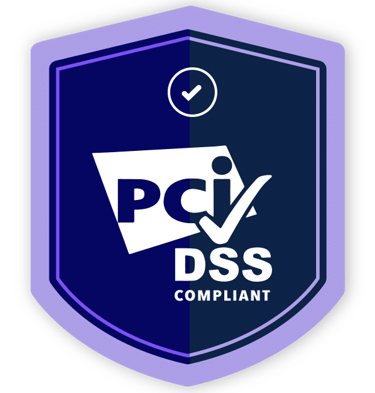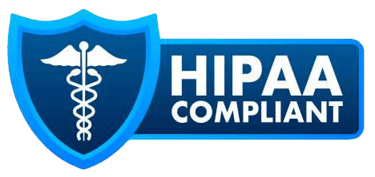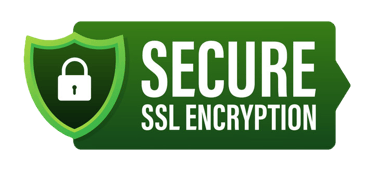Best Practices for Field Supervision of LVNs and HHAs
Learn the best practices for field supervision of LVNs and HHAs in home health. Covers CMS Conditions of Participation, 14-day and 30-day supervision rules, in-person and indirect charting methods, checklists, and compliance tips.


Supervision in home health is not simply a regulatory requirement—it is the cornerstone of safe, high-quality, and coordinated patient care. Licensed Vocational Nurses (LVNs) and Certified Home Health Aides (CHHAs) play a central role in the day-to-day care of patients, but their work must be guided and evaluated through structured supervision by a Registered Nurse (RN).
The Centers for Medicare & Medicaid Services (CMS) Conditions of Participation (CoPs) provide the framework for supervision. Agencies that follow these rules not only ensure compliance but also strengthen patient safety, reduce risks, and foster professional growth for their staff.
The Regulatory Framework
LVN Supervision
Cited Regulation: 42 CFR §484.75 – Skilled Professional Services
Requirement: All LVNs (sometimes referred to as LPNs depending on the state) must be supervised by an RN at least every 30 days.
Purpose: To confirm that nursing care is being provided safely, effectively, and in accordance with the physician’s orders and the established plan of care.
CHHA Supervision
Cited Regulation: 42 CFR §484.80(h) – Home Health Aide Services
Requirement: CHHAs must be supervised by an RN at least every 14 days. The supervision can occur in the home while the aide is providing care or, when appropriate, through indirect supervision methods.
Purpose: To ensure that aides are performing tasks properly, that patients’ needs are met, and that care remains consistent with the plan of care.
Why Supervision Matters
Patient Safety: Detects risks such as improper wound care, medication errors, or infection control breaches.
Quality of Care: Verifies that the care plan is implemented as prescribed.
Staff Support: Offers real-time education, encouragement, and correction to LVNs and aides.
Compliance: Ensures the agency avoids citations, penalties, or condition-level deficiencies during surveys.
Supervision Methods and Charting
Supervision may be performed in-person or indirectly (remote review). Both methods are valid, but documentation must clearly specify how the supervision was conducted.
1. In-Person Supervision
Best Practice: Conducted during a home visit while the LVN or CHHA is actively providing care.
Advantages: Allows direct observation, assessment of technique, and interaction with the patient.
Checklist for In-Person Supervision
When completing an on-site supervisory visit, the RN should:
Review the physician’s plan of care with the LVN/CHHA.
Observe performance of assigned tasks (e.g., vital signs, ADL assistance, wound care).
Assess infection control practices (hand hygiene, glove use, equipment cleaning).
Evaluate communication skills and patient interaction.
Verify that patient safety precautions are followed (fall risk, mobility aids, environment hazards).
Confirm documentation accuracy (timeliness, completeness, use of correct forms/EMR).
Provide coaching, feedback, and additional teaching as needed.
Discuss any patient changes and reinforce when to report conditions to the supervising RN.
2. Indirect (Remote) Supervision
May include:
Case conference review
EMR documentation review
Phone or video call with staff
Review of aide care logs or nursing notes
Required Elements in Charting:
Date and method of supervision
Patient’s initials or ID for reference
Confirmation that care is provided per plan of care
Identification of issues or teaching points
RN signature and credentials
Documentation Best Practices
Always differentiate between “in-person” and “indirect” supervision. Surveyors look for clarity.
Chart promptly—delayed documentation increases risk for compliance issues.
Note specific teaching provided. Example: “Reinforced correct wound dressing change technique; LVN verbalized understanding.”
Track due dates—aides (14 days) and LVNs (30 days). Consider using a supervision calendar or EMR alerts to prevent lapses.
Tie back to the care plan. Supervisory notes should reference the patient’s individualized plan of care.
Strategies for Successful Supervision
Be Proactive: Don’t wait until the due date—schedule supervisory visits ahead of time.
Incorporate QAPI (Quality Assessment and Performance Improvement): Supervisory visits can identify recurring issues to address through in-services.
Promote Professional Growth: Use supervision to mentor LVNs and aides, not just evaluate them.
Engage Patients: Ask the patient if their needs are being met and if they feel supported by the staff.
Close the Loop: Document corrective actions and ensure follow-up if performance concerns arise.
Consequences of Non-Compliance
Failure to perform or document supervision as required may result in:
Survey Deficiencies: Cited under §484.75 or §484.80.
Condition-Level Deficiency: If systemic, could threaten the agency’s certification.
Financial Risk: Potential penalties, claim denials, or repayment.
Patient Harm: Missed errors can directly impact health and safety.
Conclusion
Effective supervision of LVNs and CHHAs ensures compliance with the Conditions of Participation, promotes safe and effective care, and supports staff development. By combining regular in-person visits with timely indirect reviews, agencies can maintain strong oversight while fostering a culture of quality and accountability.
Agencies should establish clear policies, create supervision tracking systems, and educate staff on documentation requirements. These practices not only safeguard patients but also protect the agency during state and federal surveys.
For guidance, tools, or mock surveys to strengthen your agency’s supervision practices, refer to HealthBridge for expert consulting services.







